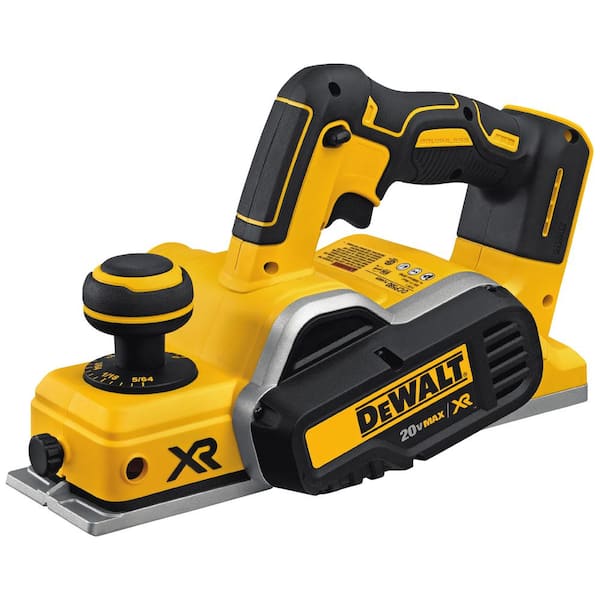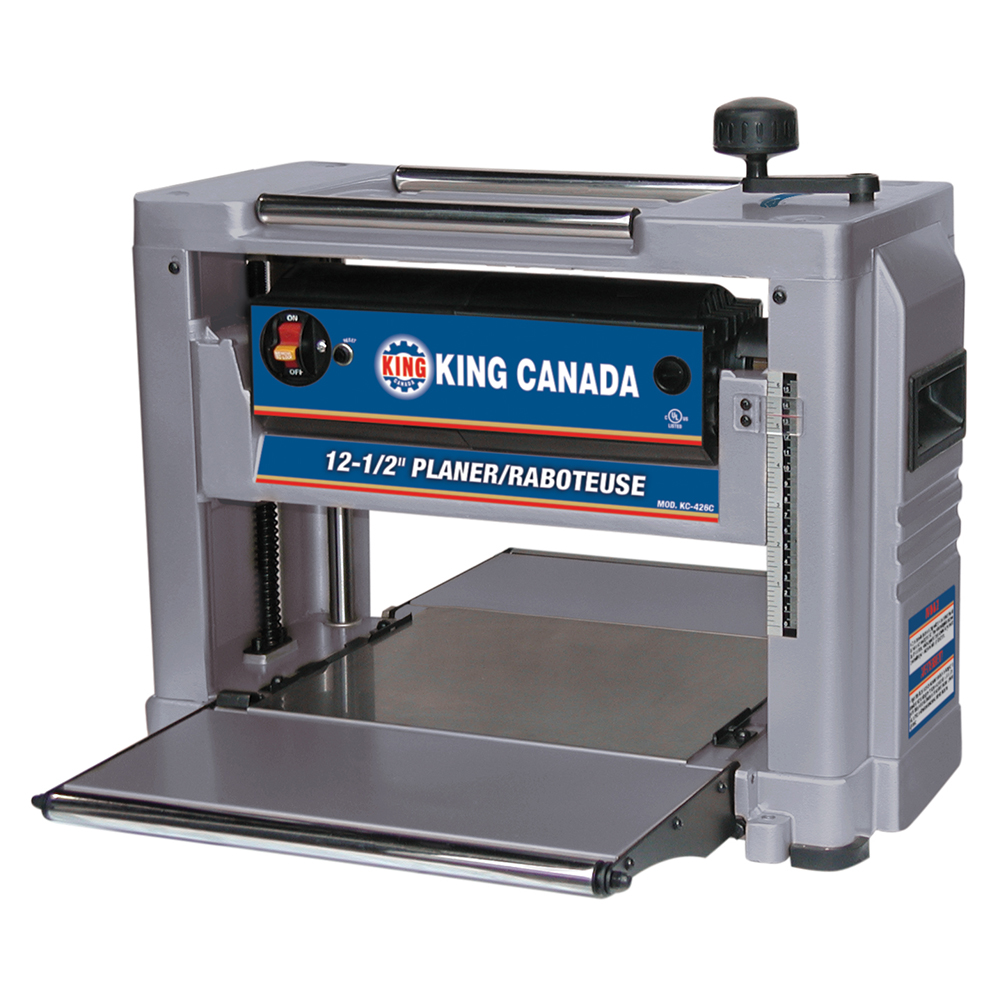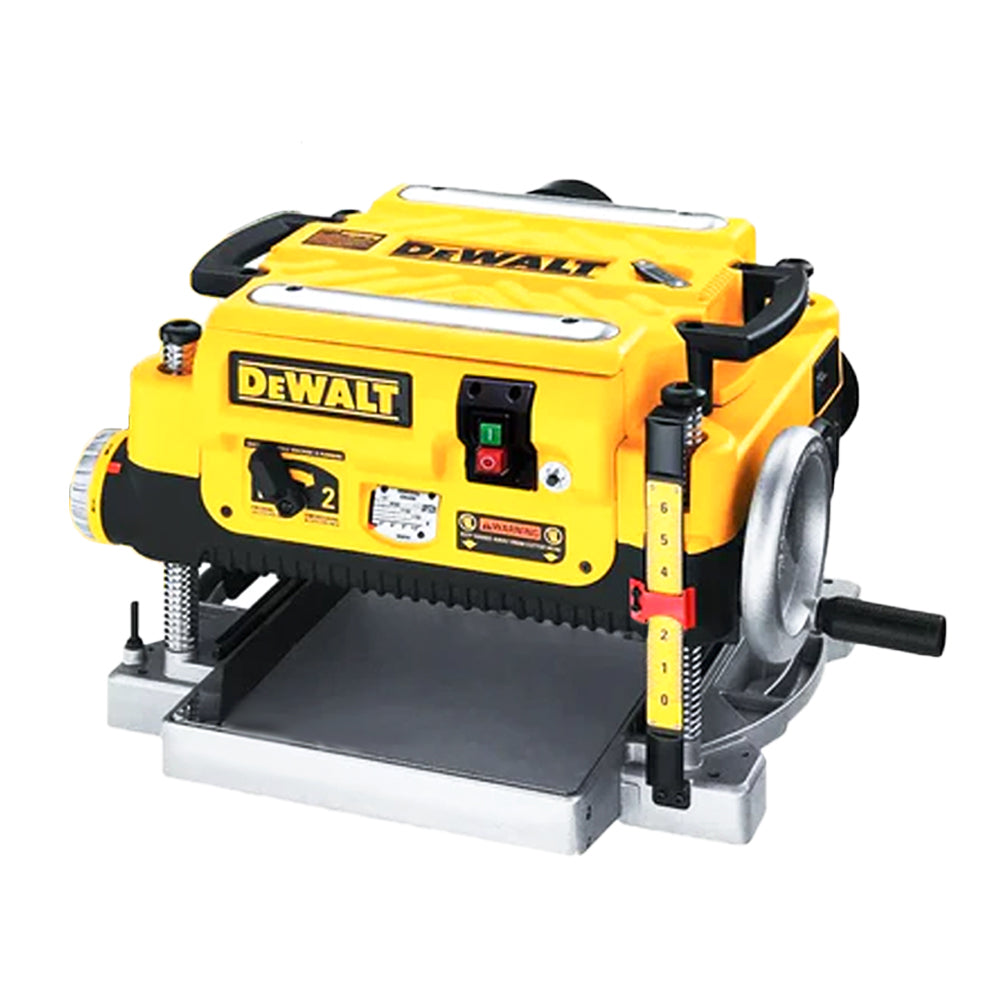Introduction
Hand-held planers are small, portable tools that are easy to maneuver and control. For small-scale projects or for trimming and shaping edges, stationary benchtop planer, on the other hand, are larger and sturdier machines that are designed for heavier-duty work. We can typically use the planer in woodworking shops. And we can handle larger and thicker pieces of wood. A planer is an essential tool in the woodworking industry, used to achieve a smooth and uniform thickness on a piece of wood. This versatile tool is perfect for both professional woodworkers and DIY enthusiasts, and it can help with a variety of woodworking projects. In this comprehensive guide, we will explore the different types of planers, how to operate them safely and effectively, and the many benefits of using a planer in your woodworking projects.
Part 1: Understanding the Different Types of Planers
A planer is a woodworking tool used to create a flat and smooth surface on a piece of wood. It is an essential tool in the woodworking industry and is commonly used by carpenters, furniture makers, and woodworkers.
There are two main types of planers: hand planers and electric planers. Hand planers are operated manually, with the user pushing the tool across the surface of the wood to remove material and create a smooth surface. They are often used for smaller woodworking projects and are popular among hobbyists and DIY enthusiasts. Electric planers, on the other hand, are powered by electricity and are typically used for larger woodworking projects. They are more efficient and can quickly remove material to create a smooth and flat surface.
Level 1: Electric Planers
Electric planers are the most common type of planer used in woodworking. They are suitable for both small-scale and large-scale woodworking projects. Electric planers come in a variety of sizes and can be handheld or mounted on a stand.
Level 2: Thickness Planers vs. Jointer Planers
There are two main types of electric planers: thickness planers and jointer planers. Thickness planers are used to achieve a consistent thickness across the entire surface of a piece of wood. Jointer planers, on the other hand, are designed to flatten one face of a board and square up one edge before using a thickness planer to achieve a consistent thickness.
Part 2: Safety Precautions When Using a Planer
Planers are available in different sizes, with larger planers being used for heavy-duty applications and smaller planers for more precise and detailed work. Some planers also come with adjustable depth settings, allowing users to control the amount of material being removed from the wood.
One of the key features of a planer is the cutter head, which is equipped with sharp blades that cut and remove material from the wood as it passes through the machine. The blades are adjustable and can be sharpened or replaced as needed to maintain their cutting efficiency.
Level 1: Proper Personal Protective Equipment (PPE)
When using a planer, it is essential to wear the proper personal protective equipment, including safety glasses, hearing protection, and a dust mask. This will help protect you from flying wood chips and loud noise, as well as any airborne dust particles.
Level 2: Maintaining a Clean and Organized Workspace
It is important to keep your workspace clean and organized when using a planer. This includes removing any obstacles from the area, ensuring the work area clear of any sawdust or debris that can pose a slipping hazard.
Part 3: Setting Up and Operating a Planer
Level 1: Choosing the Right Blade and Adjusting the Depth
Before operating a planer, it is crucial to choose the right blade for your project and adjust the depth of the planer to achieve the desired thickness.
Level 2: Feeding the Wood through the Planer
When feeding wood through a planer, it is important to do so slowly and evenly to achieve a smooth and uniform thickness. Avoid forcing the wood through the planer, as this can result in uneven cuts and potential damage to the wood or the planer.
Part 4: Benefits of Using a Planer in Woodworking Projects
Level 1: Achieving Consistent Thickness
One of the main benefits of using a planer is the ability to achieve a consistent thickness across a piece of wood. This is essential for projects such as furniture making or cabinetry, where uniformity is key to achieving a professional finish.
Level 2: Smoothing Rough Surfaces
In addition to achieving a consistent thickness, a planer can also be used to smooth rough surfaces on a piece of wood. This can save time and effort during the sanding phase of a project and result in a more polished and professional-looking final product.
Part 5: Maintenance and Care for Your Planer
Level 1: Regular Cleaning and Lubrication
To ensure your planer operates smoothly and efficiently, it is important to regularly clean and lubricate the moving parts. This will help prevent any buildup of sawdust and debris, as well as reduce wear and tear on the motor and other components.
Level 2: Sharpening and Replacing Blades
The blades on a planer will eventually wear down over time, so it is important to regularly inspect them and sharpen or replace them as needed. This will help maintain the performance and accuracy of your planer, as well as prevent any damage to the wood being planed.
Part 6: Safety Features
Level 1: Importance of Safety Features
Planers are powerful and potentially dangerous tools, so it is crucial that they have proper safety features to prevent accidents and injuries.
Level 2: Common Safety Features
Some common safety features found on planers include blade guards, emergency stop buttons, automatic shut-off mechanisms, and anti-kickback devices. These features help to protect the user from accidental contact with the blades and prevent kickback during operation.
Part 7: Maintenance and Care
Level 1: Importance of Maintenance
Proper maintenance and care are essential for keeping a planer in good working condition and ensuring its longevity. Neglecting maintenance can lead to decreased performance, increased wear and tear, and potential safety hazards.
Level 2: Routine Maintenance Tasks
Routine maintenance tasks for planers may include regular blade sharpening or replacement. And cleaning debris and dust buildup, lubricating moving parts, and checking for any signs of wear or damage. Following a maintenance schedule will help to keep the planer running smoothly and prevent premature breakdowns.
Part 8: Best Practices for Safe Operation
Level 1: Safe Operating Practices
To prevent accidents and injuries, it is important for planer users to follow safe operating practices. This includes reading the user manual, using the appropriate safety gear, and avoiding distractions while the planer is in use.
Level 2: Proper Material Handling
Proper material handling is crucial for safe planer operation. Users should ensure that the workpiece can feed it into the planer at a steady, even pace to prevent kickback or binding. Additionally, it is important to never force the material through the planer. This can cause damage to the machine and increase the risk of accidents.
Conclusion
A planer is a woodworking tool used to smooth and level the surface of a piece of wood. It consists of a cutter head that removes material from the wood and a flat surface called the bed. It supports the wood as it is fed through the machine. Planers come in various sizes and styles, with the most common types being hand-held planers and stationary benchtop planers.
In addition to their primary function of leveling and smoothing wood, planers can also create decorative and unique finishes on wooden surfaces. By adjusting the cutting depth and feed rate, woodworkers can create different textures and patterns. And adding visual interest to their projects. Planers can chamfer edges, create bevels, and shape wood for joinery. Making them a versatile tool in any woodworking shop. It is important to use caution when operating a planer, as the high-speed rotating blades can be dangerous if not handled properly. With the right precautions and proper technique, a planer can be a valuable tool for any woodworker.
In conclusion, a planer is an invaluable tool for any woodworker, whether professional or hobbyist. By understanding the different types of planers, following proper safety precautions, and mastering the setup and operation of a planer. You can achieve consistent thickness and smooth surfaces on your woodworking projects. With regular maintenance and care, your planer will continue to serve you well for years to come. Whether you are building furniture, constructing cabinets, or simply working on a DIY project. A planer is an essential tool for achieving professional results.





